Sciencebloggin - :))

More Posts from Sciencebloggin and Others





Tom Clohosy Cole - http://www.tomclohosycole.co.uk - https://dribbble.com/tomclohosycole - https://www.instagram.com/tomclohosycole - https://twitter.com/tomclohosycole - https://www.patreon.com/tomclohosycole - https://www.facebook.com/Tom-Clohosy-Cole-1602803463167321 - https://tomclohosycole.bigcartel.com - https://www.linkedin.com/in/tom-clohosy-cole-49116952


simongerman600
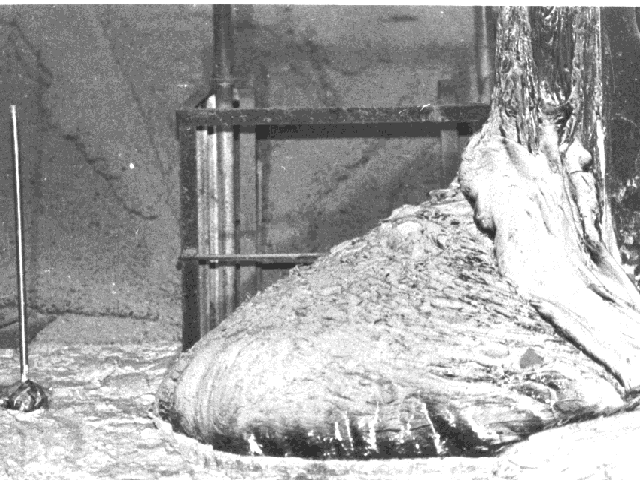
The photo above is the closest humanity has ever come to creating Medusa. If you were to look at this, you would die instantly.
The image is of a reactor core lava formation in the basement of the Chernobyl nuclear plant. It’s called the Elephant’s Foot and weighs hundreds of tons, but is only a couple meters across.
Oh, and regarding the Medusa thing, this picture was taken through a mirror around the corner of the hallway. Because the wheeled camera they sent up to take pictures of it was destroyed by the radiation. The Elephant’s Foot is almost as if it is a living creature.
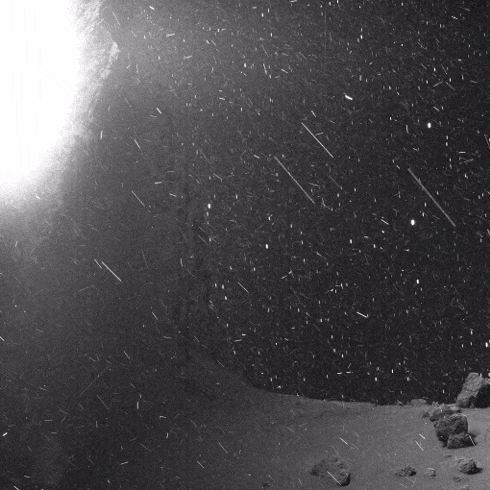
VIDEO FROM THE SURFACE OF A COMET
This is truly incredible.
Details:
Remember Rosetta? That comet-chasing European Space Agency (ESA) probe that deployed (and accidentally bounced) its lander Philae on the surface of Comet 67P? This GIF is made up of images Rosetta beamed back to Earth, which have been freely available online for a while. But it took Twitter user landru79 processing and assembling them into this short, looped clip to reveal the drama they contained.


Fluorite
Locality: Diana Maria Mine, Rogerley Quarry, Frosterley, County Durham, United Kingdom
Size: 2.6 × 2.2 × 2 cm

Exoplanets seen orbiting alien sun for first time.
For the first time in history, a telescope has directly observed the orbital motion of planets in a solar system other than our own.
Using the W.M. Keck observatory in Hawaii, Dr. Christian Marois of Canada’s Herzberg Institute of Astrophysics photographed the star HR 8799 periodically between 2009 and 2015. Jason Wang of UC Berkeley combined the eight images into an animation showing the relative motion of the star’s four planets. The planet closest to the star has an orbital period of 40 Earth years, while the furthest away is over 400. Three of the four planets were photographed directly in 2008, and were among the first exoplanets to be directly imaged. Because exoplanets are so far away from our solar system, light from their parent star is too bright to separate them in telescopic observations. Only recently has technology been developed to block out the parent star’s light. UC Berkeley is part of the Nexus for Exoplanet System Science, or NExSS, a NASA-sponsored group which aims to stimulate academic science into exoplanets and exoplanetary solar systems. The HR 8799 system is over 129 light years away.
More information here. P/C: UC Berkeley.




12 Fundamental Graphs (with three of my favorites for a closer view of the details)
Stitches calculated to the 0.125 for graph accuracy 📈😉👌🏻
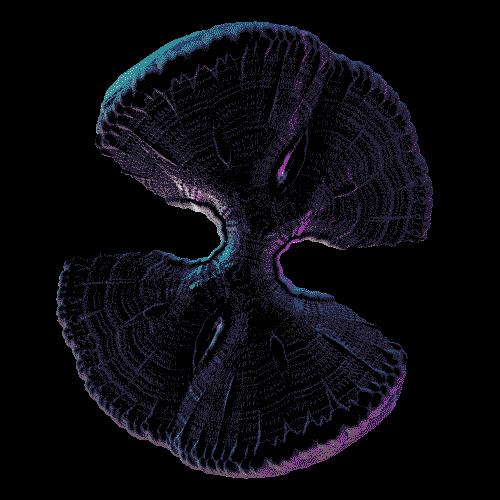

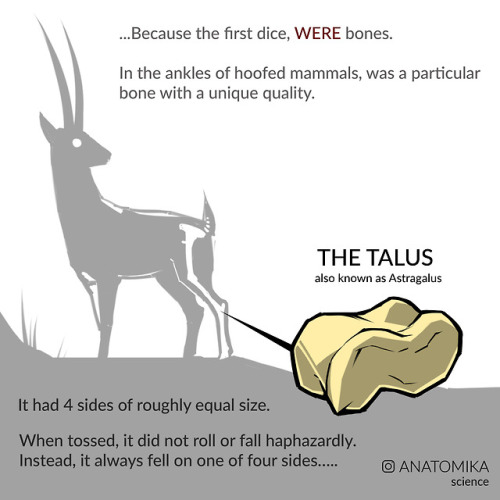
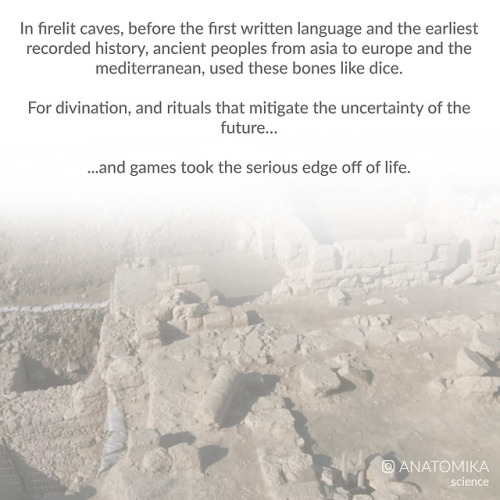

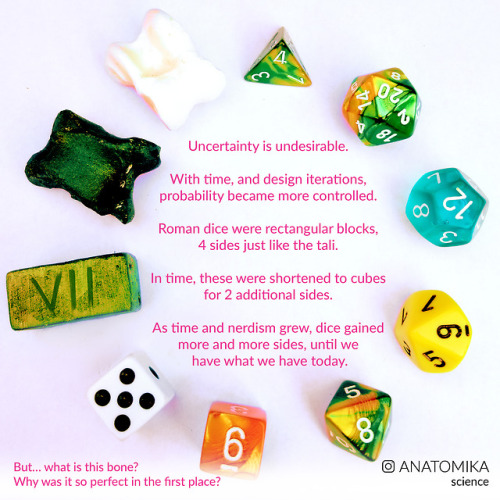
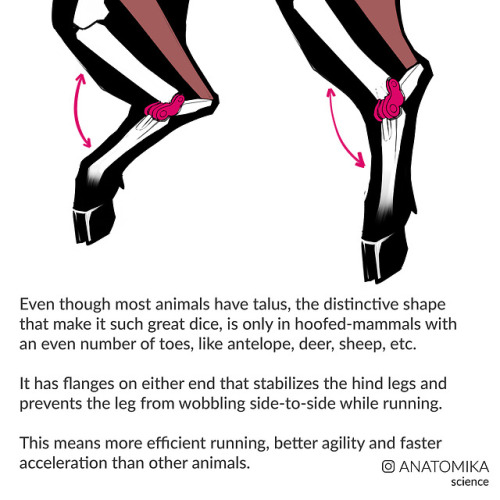
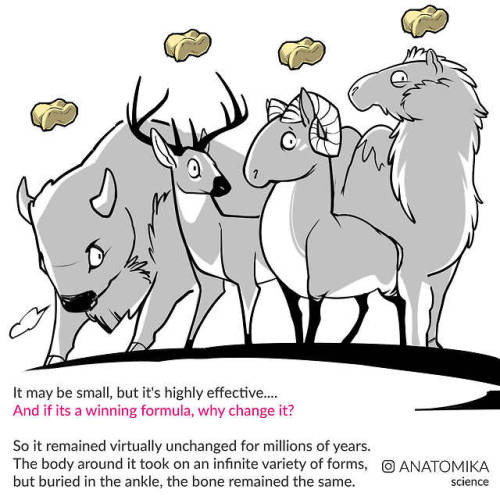
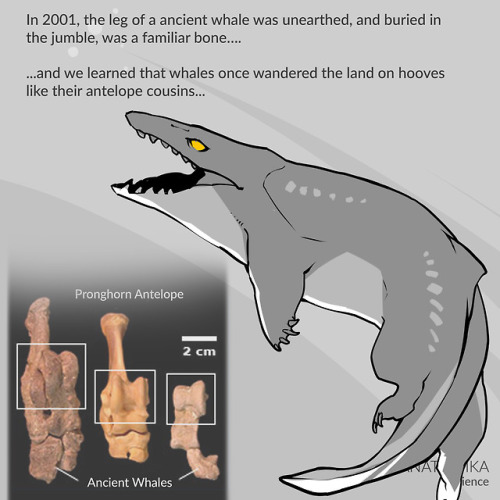
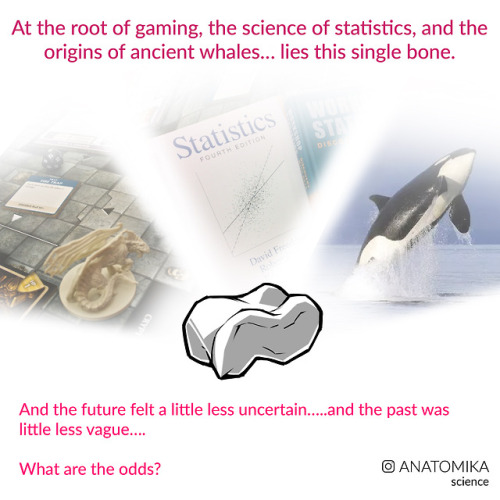
The Evolution of Dice ! I’ve been wanting to do this one for a long time. Is it pretty understandable? Crits welcome!
Tumblr has deleted a lot of my older posts so please follow this other stuff to see more. INSTAGRAM / FACEBOOK / ETSY
-
 eeveenaut11 liked this · 1 month ago
eeveenaut11 liked this · 1 month ago -
 herehaveafandom reblogged this · 1 month ago
herehaveafandom reblogged this · 1 month ago -
 gobang reblogged this · 5 months ago
gobang reblogged this · 5 months ago -
 nochunkspaghetti liked this · 7 months ago
nochunkspaghetti liked this · 7 months ago -
 jamalexlee reblogged this · 7 months ago
jamalexlee reblogged this · 7 months ago -
 cryptid-lover-013 liked this · 1 year ago
cryptid-lover-013 liked this · 1 year ago -
 razorblade-tf liked this · 1 year ago
razorblade-tf liked this · 1 year ago -
 arkyn-99 reblogged this · 1 year ago
arkyn-99 reblogged this · 1 year ago -
 chaos-is-my-lifeblood reblogged this · 1 year ago
chaos-is-my-lifeblood reblogged this · 1 year ago -
 chaos-is-my-lifeblood liked this · 1 year ago
chaos-is-my-lifeblood liked this · 1 year ago -
 jennawynn liked this · 1 year ago
jennawynn liked this · 1 year ago -
 sciencebloggin reblogged this · 1 year ago
sciencebloggin reblogged this · 1 year ago -
 persijustpa liked this · 1 year ago
persijustpa liked this · 1 year ago -
 hurcley reblogged this · 1 year ago
hurcley reblogged this · 1 year ago -
 vaporwave-manatees reblogged this · 1 year ago
vaporwave-manatees reblogged this · 1 year ago -
 lyrichartwell liked this · 1 year ago
lyrichartwell liked this · 1 year ago -
 littledoseofodd liked this · 1 year ago
littledoseofodd liked this · 1 year ago -
 readersinflammation liked this · 1 year ago
readersinflammation liked this · 1 year ago -
 lordboomslang reblogged this · 1 year ago
lordboomslang reblogged this · 1 year ago -
 lordboomslang liked this · 1 year ago
lordboomslang liked this · 1 year ago -
 kansasjustgotgayer reblogged this · 1 year ago
kansasjustgotgayer reblogged this · 1 year ago -
 kansasjustgotgayer liked this · 1 year ago
kansasjustgotgayer liked this · 1 year ago -
 sillyspirit reblogged this · 1 year ago
sillyspirit reblogged this · 1 year ago -
 anomalousparaphernalia reblogged this · 1 year ago
anomalousparaphernalia reblogged this · 1 year ago -
 wretchedthieves liked this · 1 year ago
wretchedthieves liked this · 1 year ago -
 rainbowdrinkrbruja reblogged this · 1 year ago
rainbowdrinkrbruja reblogged this · 1 year ago -
 algrolo reblogged this · 1 year ago
algrolo reblogged this · 1 year ago -
 coyotegestalt liked this · 1 year ago
coyotegestalt liked this · 1 year ago -
 kinetikatrue reblogged this · 1 year ago
kinetikatrue reblogged this · 1 year ago -
 jacyevans reblogged this · 1 year ago
jacyevans reblogged this · 1 year ago -
 proficientatfreakness liked this · 1 year ago
proficientatfreakness liked this · 1 year ago -
 thecvmgoblin reblogged this · 1 year ago
thecvmgoblin reblogged this · 1 year ago -
 thecvmgoblin liked this · 1 year ago
thecvmgoblin liked this · 1 year ago -
 eriquin reblogged this · 1 year ago
eriquin reblogged this · 1 year ago -
 drdopamine reblogged this · 1 year ago
drdopamine reblogged this · 1 year ago -
 ldfgamer reblogged this · 1 year ago
ldfgamer reblogged this · 1 year ago -
 obvious-bot-is-obvious reblogged this · 1 year ago
obvious-bot-is-obvious reblogged this · 1 year ago -
 rossignol liked this · 1 year ago
rossignol liked this · 1 year ago -
 starwarsgay liked this · 1 year ago
starwarsgay liked this · 1 year ago -
 lo-100to liked this · 1 year ago
lo-100to liked this · 1 year ago -
 depthsofsleep liked this · 1 year ago
depthsofsleep liked this · 1 year ago
